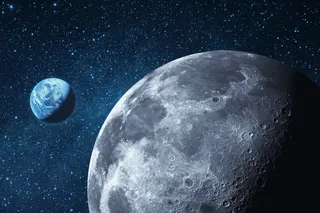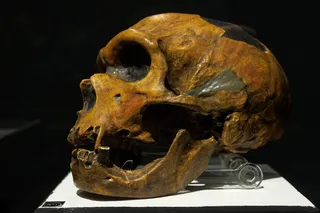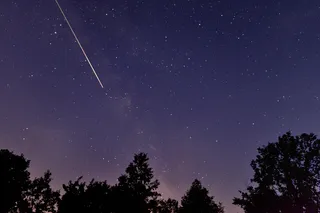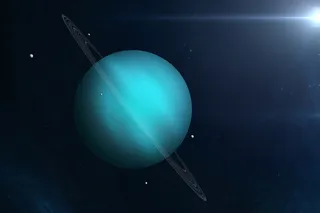Carl Zimmer pointed me to a new paper, A genome-wide genetic signature of Jewish ancestry perfectly separates individuals with and without full Jewish ancestry in a large random sample of European Americans. The title is so informative that pasting the abstract is almost unnecessary, but here is the conclusion which gets to the point:
In conclusion, we show that, at least in the context of the studied sample, it is possible to predict full Ashkenazi Jewish ancestry with 100% sensitivity and 100% specificity, although it should be noted that the exact dividing line between a Jewish and non-Jewish cluster will vary across sample sets which in practice would reduce the accuracy of the prediction. While the full historical demographic explanations for this distinction remain to be resolved, it is clear that the genomes of individuals with full Ashkenazi Jewish ancestry carry an unambiguous signature of their Jewish heritage, and this ...













